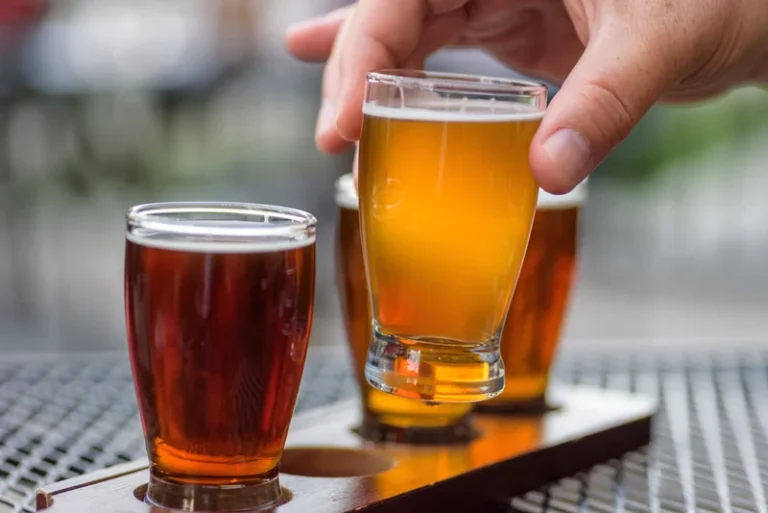Alcoholic Cardiomyopathy: Causes, Symptoms, and Diagnosis

This can cause various symptoms, including shortness
What does hypertrophic cardiomyopathy treatment look like?

According to the NIAAA, many people with AUD recover, although setbacks are common among those receiving treatment. Individuals who completely quit alcohol generally have improved overall outcomes. They typically require fewer hospitalizations and show improved heart function on ECG readings. A 2023 article notes that ACM carries a more positive outlook than ischemic cardiomyopathy, which refers to heart damage that typically occurs due to CAD. As a point of reference, consuming 80 grams of alcohol daily for at least 5 years can significantly increase the risk of ACM.
Data Availability
- Diastolic dysfunction, characterized by impaired left ventricular relaxation and reduced diastolic filling capacity, serves as an early indicator of ACM.
- Anyone with concerns about alcohol consumption or heart health needs to consult a doctor for further advice and guidance.
- Demakis et al70 in 1974 divided a cohort of 57 ACM patients according to the evolution of their symptoms during follow-up.
- This can occur through direct means, by promoting the generation of free radicals, or indirectly, by triggering the release of hormones, such as angiotensin II, or activating other systems.
- Someone who treats people with the same therapies from the 1970s is probably not going to provide optimal care.
- Although all of the studies reported an increase in left ventricular mass and volume, it cannot generally be stated that they provided the alcohol consumption dosage required to cause ACM.
Symptoms include gradual onset worsening shortness of breath, orthopnea/paroxysmal nocturnal dyspnea. Palpitations and syncopal episodes can occur due to tachyarrhythmias seen in alcoholic cardiomyopathy. The postulated mechanism includes mitochondria damage, oxidative stress injury, apoptosis, modification of actin and myosin structure, and alteration of calcium homeostasis. Studies have shown an increase in reactive oxygen species (ROS) level in myocytes following alcohol consumption and thus causes oxidation of lipids, proteins, and DNA leading to cardiac dysfunction.
Institutional Review Board Statement
The signs and symptoms of alcoholic cardiomyopathy (ACM) can vary depending on the severity of the condition.6 In the early stages, people with ACM may not experience any symptoms. However, as the condition progresses, they may experience symptoms such as fatigue, shortness of breath, palpitations, and swelling of the legs and ankles.6 They may also experience chest pain, dizziness, and fainting. In some cases, ACM can cause arrhythmias or irregular heartbeats, which can be life-threatening. Experimental studies analysing the depressive properties of alcohol on the cardiac muscle invariably use similar approaches31-39. Accordingly, a given amount of alcohol is administered to volunteers or alcoholics, followed by the measurement of a number of haemodynamic parameters and, in some cases, echocardiographic parameters.
- Consulting with a healthcare professional can provide personalized advice and guidance.
- In another study on this topic, Lazarević et al23 divided a cohort of 89 asymptomatic individuals whose consumption exceeded 80 g/d (8 standard units) into 3 groups according to the duration of their alcohol abuse.
- According to recent data, a genetic form of DCM could be present in up to 50% of idiopathic DCM cases, and other specific forms of DCM such as peripartum cardiomyopathy have been shown to have a genetic basis in a significant number of cases68.

Moreover, myofibrils showed a progressively distorted structure, resulting in a homogeneous mass. In the present report, the short history of patient symptoms, the failed but not dilated or thinned left ventricle, the elevated cardiac enzyme levels and the rapid reversal of left ventricular systolic dysfunction suggest acute alcohol toxicity. The diagnosis of alcohol-induced cardiomyopathy in our patient relied on the absence of known causes of dilated cardiomyopathy, the identification of excessive alcohol consumption and the improvement of cardiac function after the abstention from alcohol ingestion. Specifically, there was no evidence of a preceding viral infection or presence of another toxin. A 1- and 4-year follow-up study of 55 men with alcoholism showed that abstinence and controlled drinking of up to 60 g/day (4 drinks) resulted in comparable improvement in left ventricular (LV) ejection fraction. Ten patients who continued to drink higher amounts of alcohol all died during the follow-up period.
